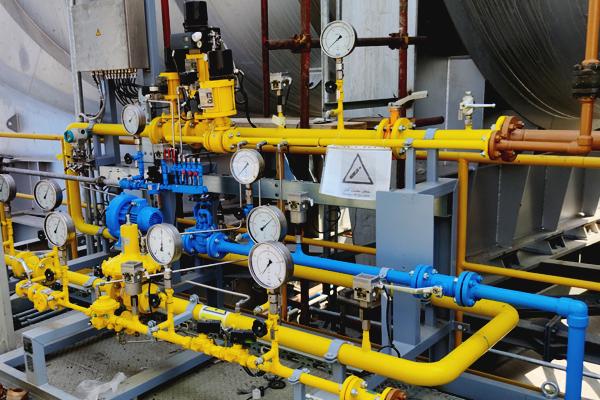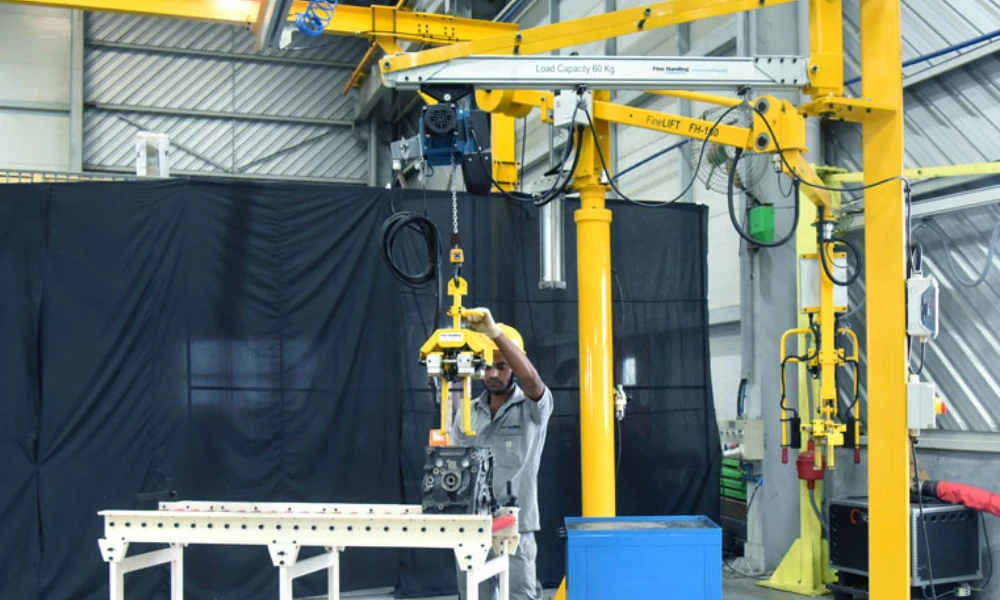The industrial sector continuously seeks methods to optimize operational efficiency while maintaining high performance. A well-designed system integrates multiple components that work harmoniously to achieve optimal results.
Getting started with system optimization
Before diving into specific improvements, conducting a thorough assessment of the current setup helps identify areas that need attention. Measuring baseline performance creates a reference point for tracking improvements. This data-driven approach ensures that modifications deliver tangible benefits.
Role of precision components in system efficiency
The rotary valves by Carolina Conveying serve as critical components in pneumatic conveying systems. These valves regulate material flow while maintaining pressure differential, directly impacting overall system performance. The precision engineering in these components minimizes air leakage, reducing energy waste and increasing operational efficiency.
Key factors in maximizing valve performance
Regular cleaning and inspection schedules keep components operating at peak efficiency. Proper rotor clearance adjustments prevent material buildup and ensure smooth operation. Monitoring valve rotation speeds helps optimize material throughput while minimizing energy consumption.
Practical steps to reduce energy consumption

Strategic placement of rotary valves by Carolina Conveying within the system maximizes their effectiveness. Proper sizing ensures optimal material flow without excessive power consumption. Regular monitoring of valve performance identifies potential issues before they impact efficiency.
Operational considerations for sustained efficiency
Establishing clear operating procedures helps maintain consistent performance. The rotary air lock valve performs optimally when operators follow established guidelines for material feed rates and system pressure. Regular training updates ensure all personnel understand proper operational practices.
Measuring and tracking performance improvements
Implementing monitoring systems provides real-time data on system performance. Recording key metrics helps identify trends and potential areas for improvement. This information guides future optimization efforts and validates the effectiveness of current practices.
Advanced optimization techniques
Fine-tuning system parameters based on specific material characteristics improves efficiency. Adjusting rotor speeds and clearances optimizes performance for different materials. These modifications ensure the system operates at peak efficiency regardless of changing conditions.
Maintaining peak performance
Creating detailed maintenance schedules ensures consistent system operation. Regular inspections identify wear patterns before they impact performance. Prompt replacement of worn components prevents efficiency losses and maintains system reliability.
Industry-specific considerations
Different industries face unique challenges in maintaining system efficiency. Adapting operational parameters to specific requirements ensures optimal performance. This flexibility allows systems to handle various materials while maintaining energy efficiency.
Continuous improvement
Regular system assessments identify new opportunities for optimization. Updating procedures based on operational data ensures continued efficiency gains. This proactive approach helps maintain peak performance over time.
Best practices for system operators
Developing standardized procedures helps maintain consistent performance. Regular monitoring of key parameters ensures early detection of potential issues. This systematic approach helps optimize system operation while minimizing energy consumption.
Creating implementation plans helps ensure smooth transitions when making system modifications. Phased approaches allow for the proper evaluation of changes before moving forward. This methodical process helps achieve optimal results while minimizing disruption to operations.
Teamwork and communication
Effective communication between operators and maintenance personnel supports optimal system performance. Regular meetings help identify potential issues and share best practices. This collaborative approach ensures all team members work together toward efficiency goals.
The maintaining proper attention to system components, organizations achieve significant improvements in energy efficiency. Regular monitoring and adjustment of system parameters ensure sustained performance improvements over time. This comprehensive approach to system optimization delivers lasting benefits while maintaining operational reliability.
